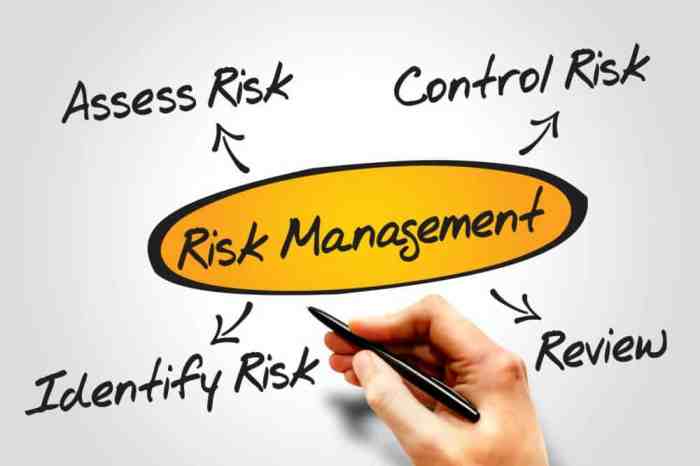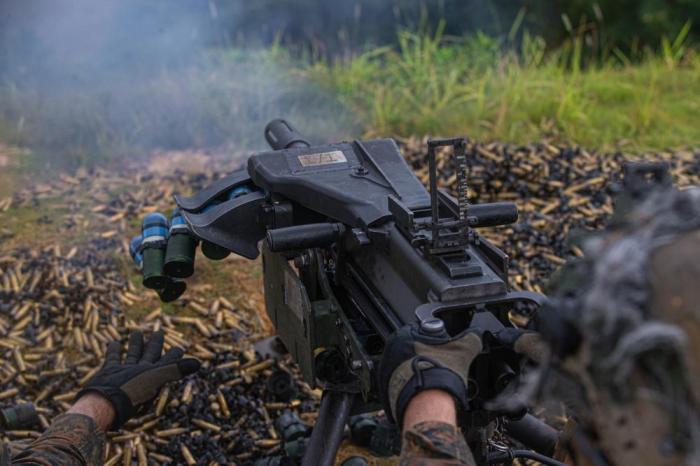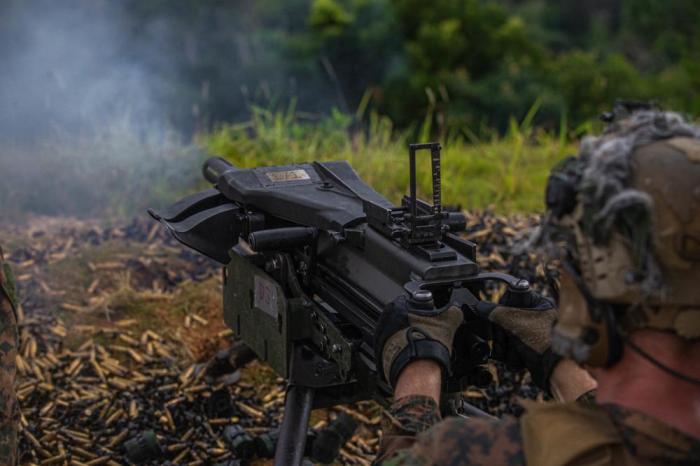Introducing the risk management small unit leader posttest, a comprehensive guide that delves into the essential principles and practices of risk management for small unit leaders. This guide equips leaders with the knowledge and tools necessary to identify, assess, and mitigate risks effectively, ensuring the safety and success of their units.
Throughout this guide, we will explore the fundamentals of risk management, discuss techniques for identifying and assessing risks, and provide practical strategies for developing and implementing risk management plans. We will also examine the role of leadership in fostering a culture of risk management and explore ethical considerations in risk management decision-making.
1. Risk Management Fundamentals: Risk Management Small Unit Leader Posttest
Risk management is a systematic process of identifying, assessing, and mitigating potential risks to achieve mission objectives and protect personnel and assets. It is crucial for small unit leaders to understand and apply risk management principles to ensure mission success and safety.
Common risks faced by small units include: enemy action, terrain hazards, equipment malfunctions, and environmental conditions. Risk assessment involves evaluating the likelihood and impact of potential risks, while risk mitigation focuses on developing strategies to reduce or eliminate risks.
2. Identifying and Assessing Risks

To identify potential risks, small unit leaders should consider the specific mission, terrain, and operating environment. Risk matrices and other tools can help assess the likelihood and impact of risks, providing a structured approach to decision-making.
Risk tolerance and risk appetite are important considerations in risk management. Risk tolerance refers to the level of risk a unit is willing to accept, while risk appetite is the level of risk a unit is willing to take in pursuit of mission objectives.
3. Developing and Implementing Risk Management Plans

Risk management plans provide a framework for mitigating risks and ensuring mission success. They should include strategies for risk avoidance, reduction, transfer, and acceptance.
| Risk | Likelihood | Impact | Mitigation Strategy |
|---|---|---|---|
| Enemy ambush | High | Severe | Conduct reconnaissance, use cover and concealment, and establish early warning systems |
| Equipment malfunction | Moderate | Moderate | Conduct regular maintenance, carry spare parts, and train personnel on equipment troubleshooting |
| Adverse weather conditions | Low | Minor | Monitor weather forecasts, plan alternative routes, and provide cold-weather gear |
Communicating and monitoring risk management plans is essential to ensure their effectiveness and accountability.
4. Risk Management in Training and Exercises

Integrating risk management into training and exercises allows units to practice and refine their risk management procedures. Risk assessments should be conducted prior to training events to identify potential hazards.
- Establish clear safety protocols and guidelines.
- Conduct thorough risk assessments before each training event.
- Use simulations and scenarios to practice risk management techniques.
- Provide feedback and debriefing to improve risk management practices.
5. Risk Management in Operations

In operational environments, risk management becomes even more challenging due to the inherent uncertainties and complexities of combat. Best practices include:
- Establish a clear command structure and communication system.
- Conduct thorough intelligence gathering and mission planning.
- Utilize technology and decision support tools to enhance risk management.
- Train and prepare personnel for high-risk situations.
6. Leadership and Risk Management
Leadership plays a vital role in fostering a culture of risk management. Leaders should:
- Promote risk awareness and accountability.
- Encourage open communication about risks.
- Set clear risk tolerance levels.
- Make informed decisions based on risk assessments.
Ethical considerations should guide risk management decision-making, ensuring that the well-being of personnel and the achievement of mission objectives are balanced.
Detailed FAQs
What is the primary objective of risk management for small unit leaders?
The primary objective of risk management for small unit leaders is to identify, assess, and mitigate risks to ensure the safety and success of their units.
What are some common risks faced by small units?
Common risks faced by small units include enemy threats, environmental hazards, equipment malfunctions, and human factors.
What is the role of leadership in risk management?
Leadership plays a critical role in fostering a culture of risk management by promoting risk awareness, accountability, and ethical decision-making.